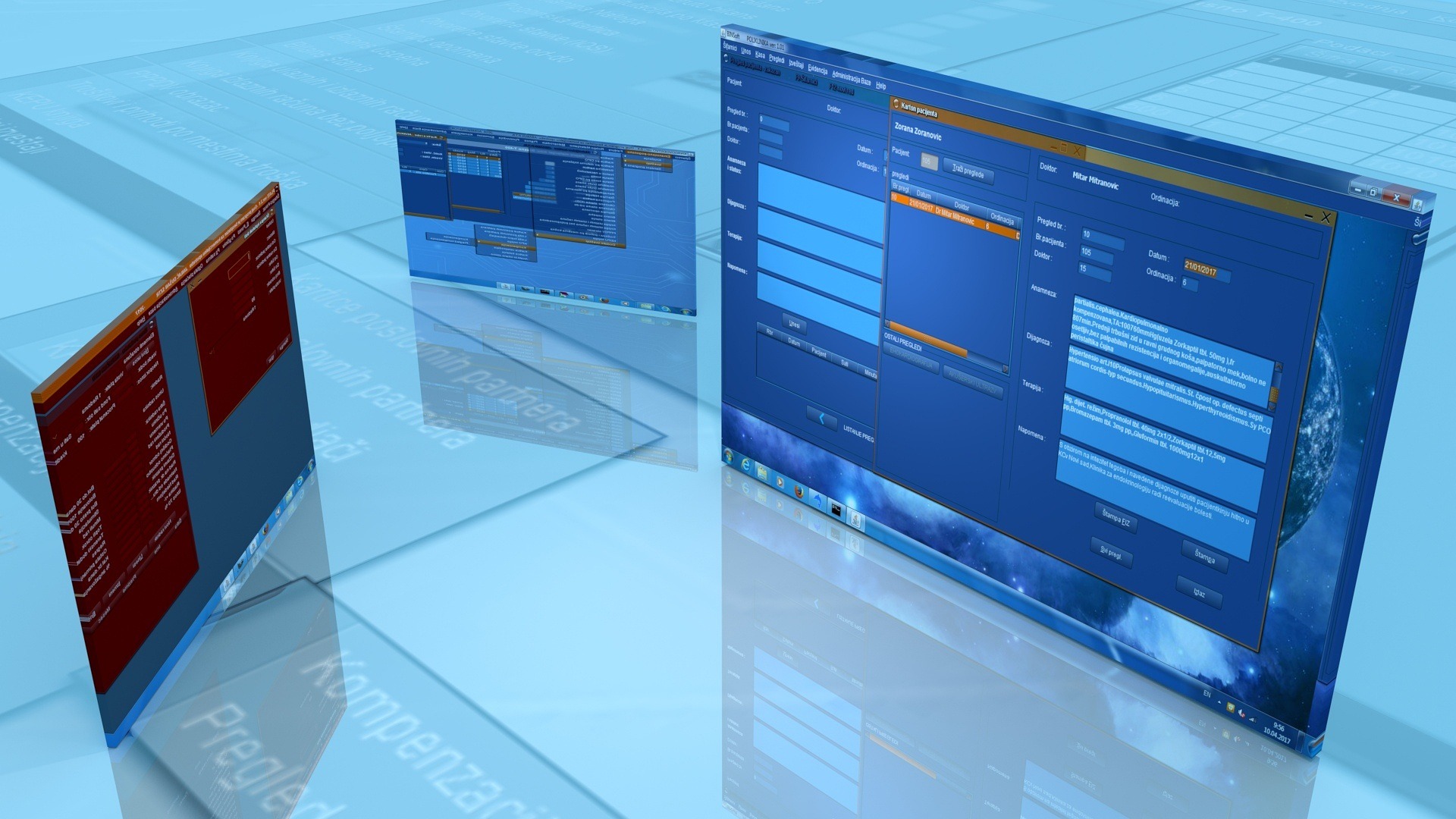Windows Operating System: A Comprehensive Guide
Microsoft Windows stands as the world's most widely used operating system, powering over 1.4 billion devices globally. This versatile platform has evolved from a simple graphical interface into a sophisticated ecosystem that manages hardware resources, runs applications, and connects users to the digital world. Whether for personal computing, business operations, or specialized tasks, Windows remains the go-to choice for most computer users.

Key Features of Modern Windows
The latest Windows versions incorporate advanced features that enhance productivity and user experience. These include virtual desktops for better workspace organization, Windows Hello for biometric authentication, DirectStorage for faster gaming performance, and Windows Subsystem for Linux for developer flexibility. The Microsoft Store provides a centralized hub for downloading verified applications, while regular security updates protect against emerging threats.
Windows Versions and Their Differences
Windows releases have evolved significantly over time. Windows 10 introduced the concept of Windows-as-a-Service with continuous updates, while Windows 11 brought a redesigned interface and improved touch capabilities. Each version offers distinct features:
| Version | Key Features | System Requirements |
|---|---|---|
| Windows 11 | Centered taskbar, Android app support, Snap layouts | TPM 2.0, 4GB RAM minimum |
| Windows 10 | Universal apps, Cortana, Virtual desktops | 1GB RAM (32-bit), 2GB RAM (64-bit) |
| Windows 10 LTSC | Extended support, Minimal updates | Same as Windows 10 |
Prices, rates, or cost estimates mentioned in this article are based on the latest available information but may change over time. Independent research is advised before making financial decisions.
Security Features and Protection
Windows includes multiple layers of security protection. Windows Defender provides real-time antivirus protection, while BitLocker offers drive encryption capabilities. The Windows Security Center centralizes security settings, firewall controls, and update management. Regular security patches address vulnerabilities and enhance system protection against evolving cyber threats.
Optimization and Maintenance
Maintaining optimal Windows performance requires regular system maintenance. This includes running disk cleanup to remove temporary files, updating drivers for hardware compatibility, and managing startup programs to improve boot times. The built-in Task Manager helps monitor system resources and identify performance bottlenecks, while Storage Sense automatically manages storage space.
Troubleshooting Common Issues
When problems arise, Windows provides various troubleshooting tools. The built-in diagnostics can identify and resolve common issues with network connectivity, audio, and system performance. System Restore allows users to revert to previous working states, while the Recovery Environment offers options for system repair and reset when more serious problems occur.






